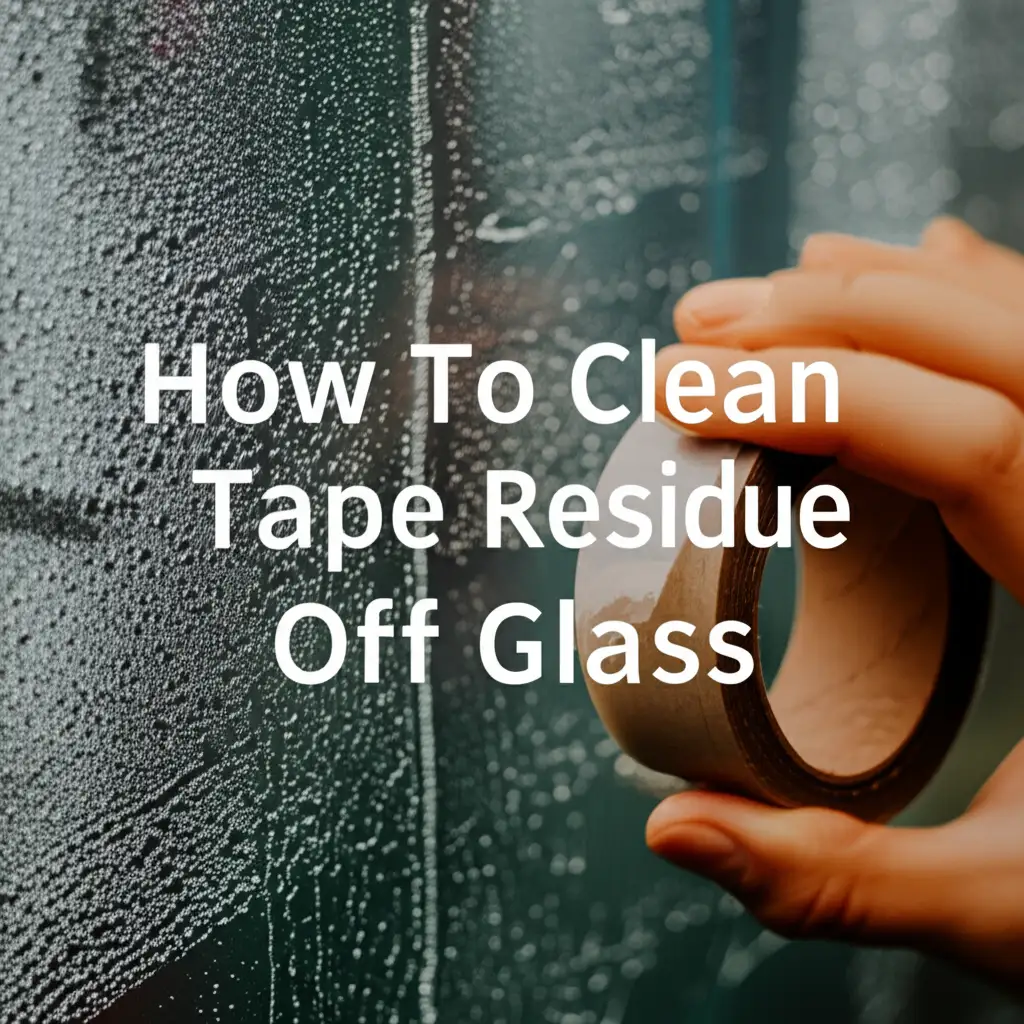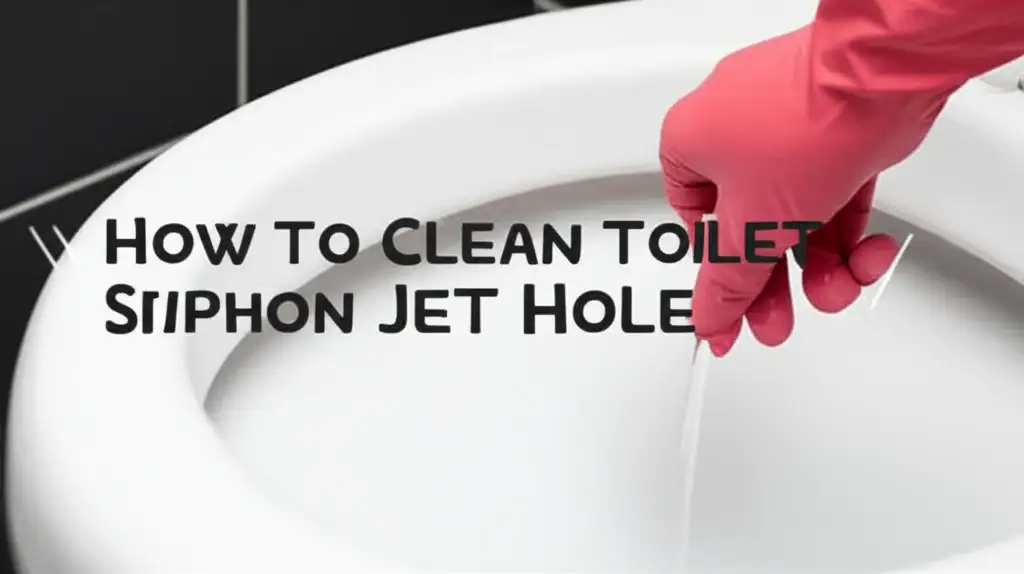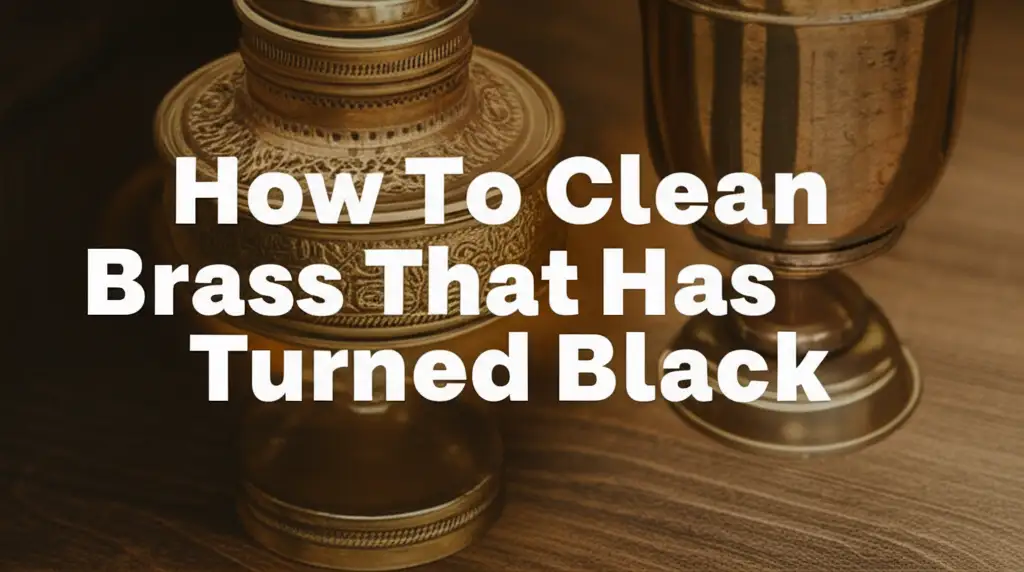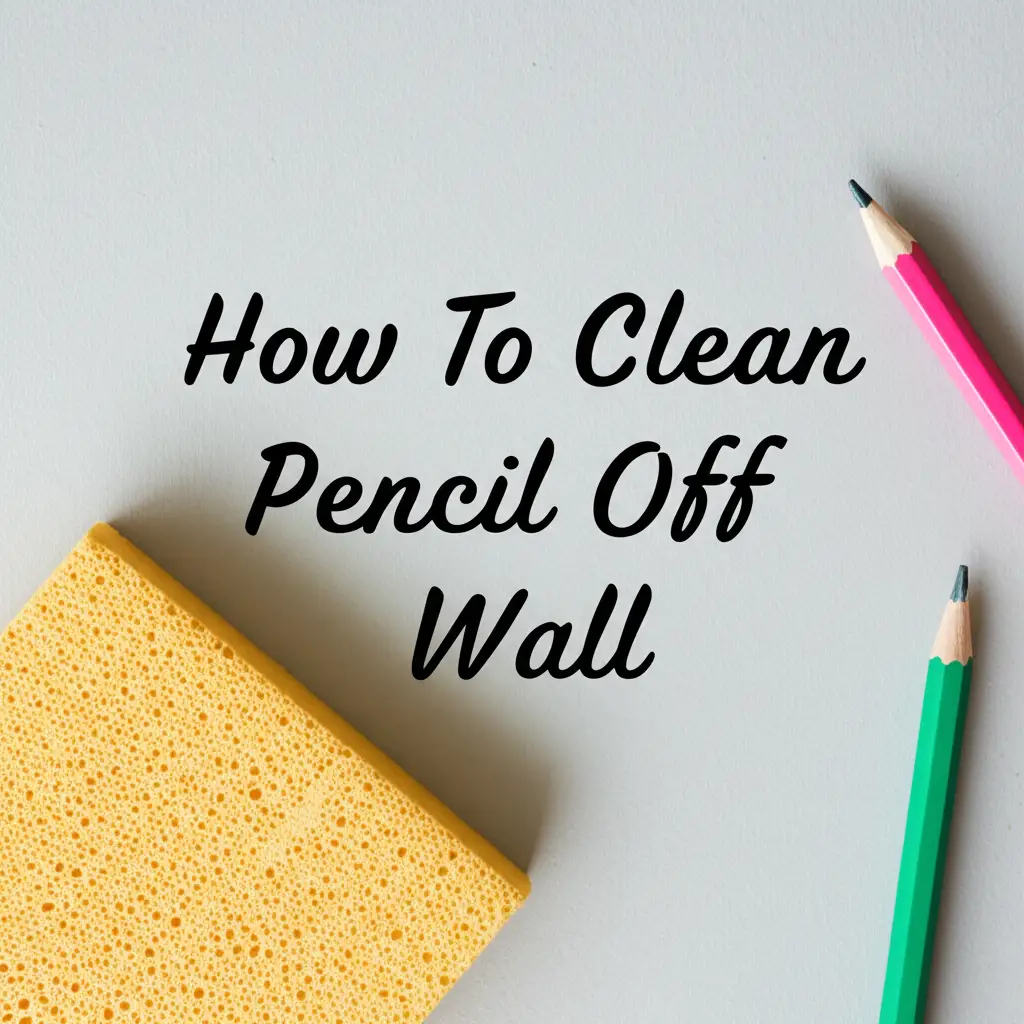· Home Cleaning · 13 min read
How To Clean Bathtub Drain
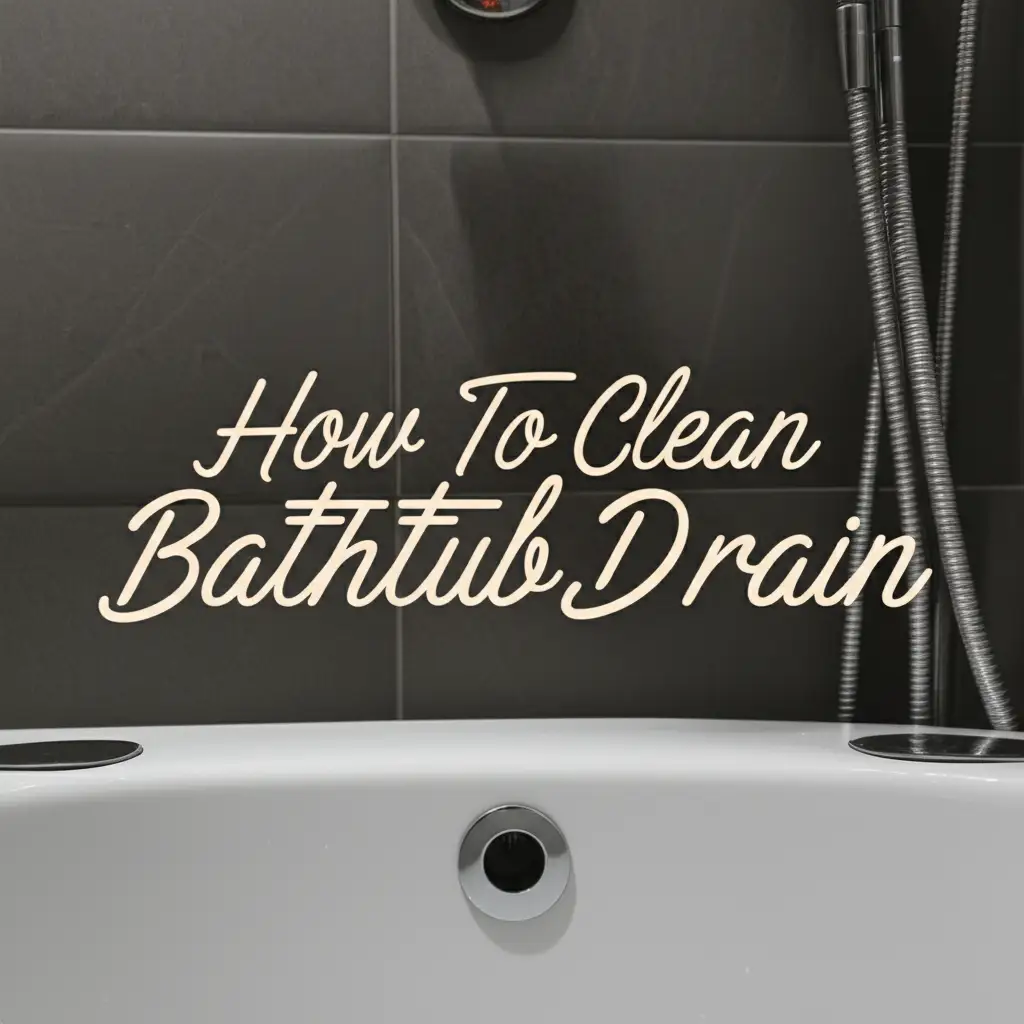
How to Clean a Bathtub Drain: A Comprehensive Guide
A slow or clogged bathtub drain is a common household problem. It turns a relaxing bath into a frustrating experience. Standing water collects, and often, unpleasant odors follow. This issue is not just an annoyance; a blocked drain can also lead to more serious plumbing problems over time.
I understand the frustration of a stubbornly slow drain. You want a clear, flowing drain for your daily routine. Cleaning your bathtub drain regularly is key to preventing these headaches. This guide will walk you through various methods to clear your drain. We will cover everything from simple home remedies to more robust tools. You will learn to tackle drain clogs effectively and keep your pipes clear.
Takeaway
- Identify the cause of your bathtub drain clog, often hair and soap scum.
- Start with simple methods like hot water or a plunger for minor blockages.
- Use natural solutions like baking soda and vinegar for effective, eco-friendly cleaning.
- Employ mechanical tools like drain snakes for stubborn clogs.
- Implement preventative measures to keep your bathtub drain flowing freely.
How to clean a bathtub drain? To clean a bathtub drain, start by removing the drain stopper. Use boiling water, a plunger, or a mixture of baking soda and vinegar for minor clogs. For stubborn blockages, a drain snake or hair removal tool can effectively clear accumulated hair and soap scum.
The Mystery of the Clogged Bathtub Drain
Have you ever wondered what makes your bathtub drain clog? You are not alone. Understanding the cause helps you clean the drain properly. Most bathtub drain blockages come from a few main culprits.
Hair is the most common offender. It combines with soap scum, body oils, and shampoo residue. This mixture forms a sticky, gooey mess inside your pipes. The sticky mass catches more debris over time. This reduces water flow and eventually blocks the drain completely. Even small items like lost toys or jewelry can contribute to clogs. These objects act as anchors for hair and other debris to gather.
I have seen countless drains plugged with hair and soap. It happens to everyone. Soap scum itself is a significant contributor. It hardens on pipe walls, narrowing the passage. This buildup acts as a net, trapping hair and dirt that wash down the drain. Over time, this buildup gets thicker and thicker. This makes clearing the drain harder. Knowing what is causing the problem helps you choose the right cleaning method. It also helps you prevent future clogs.
Essential Tools and Safety First for Drain Cleaning
Before you start cleaning your bathtub drain, gather the necessary tools. Having the right equipment makes the job easier and safer. You do not need fancy gadgets for most clogs. Simple household items often do the trick.
Here is a list of common tools you might need:
- Gloves: Protect your hands from grime and cleaning agents.
- Plunger: A basic toilet plunger or flat-bottomed sink plunger works well for suction.
- Boiling Water: Helps dissolve grease and soap scum.
- Baking Soda and White Vinegar: A powerful natural cleaning duo.
- Drain Snake or Zip-It Tool: These are flexible tools designed to pull out hair clogs.
- Screwdriver: For removing the drain stopper or overflow plate.
- Bucket: To catch any water or debris.
- Flashlight: To see down into the drain.
Safety is paramount when working with drains. Always wear gloves to protect your skin from dirt and chemicals. If using chemical drain cleaners, read the instructions carefully. Ensure good ventilation to avoid inhaling fumes. Never mix different chemical cleaners. This can create dangerous reactions. Be careful when handling boiling water to prevent burns. I always put safety first, and you should too. Protecting yourself helps you get the job done without incident.
Simple Solutions: Hot Water and Plunging for Minor Clogs
Sometimes, the simplest methods are the most effective. For minor clogs or slow drains, you can often clear the blockage with hot water and a plunger. These techniques are gentle on your pipes and do not require harsh chemicals. I always recommend starting here before trying anything more intense.
First, try hot water. Boil a large pot of water. Carefully pour the hot water directly down the drain. Do this in two or three stages. Allow the water to sit for a few minutes between pours. The hot water helps to dissolve soap scum and grease buildup. It can loosen hair clumps enough to wash them away. This method works best for clogs that are not completely solid. It’s a great first step to try.
If hot water does not work, grab your plunger. Ensure there is enough standing water in the tub to cover the plunger’s cup. This creates a good seal. Place the plunger firmly over the drain opening. Pump the plunger vigorously up and down for 20-30 seconds. Break the seal quickly on the last pull to create a strong suction. Repeat this process several times. You might dislodge the clog with the pressure. This method is effective for clogs that are close to the drain opening. It creates pressure that pushes the clog down the pipe. For more general bathroom drain issues, you might find this guide helpful: how to clean bathroom drain.
Natural Methods: Baking Soda and Vinegar for Bathtub Drains
For a safe and effective way to clean your bathtub drain, turn to natural ingredients. Baking soda and vinegar are a powerful combination. They create a fizzy reaction that helps break down clogs. This method is environmentally friendly and non-toxic. It is a great alternative to harsh chemical drain cleaners.
Here is how I use baking soda and vinegar:
- Remove any standing water from the bathtub.
- Pour one cup of baking soda down the drain. Try to get as much of it into the drain opening as possible.
- Follow with one cup of white vinegar. You will hear and see fizzing. This reaction is what breaks down the clog.
- Place a stopper or wet rag over the drain immediately. This traps the fizzing action inside the pipe. Let it sit for at least 30 minutes, or even overnight for tough clogs.
- Flush the drain with hot water. Boil a pot of water and carefully pour it down the drain. This helps wash away the loosened clog.
This method works wonders on hair and soap scum buildup. The baking soda is alkaline, and the vinegar is acidic. Their reaction helps dislodge greasy clogs and grime. I often use this trick for various household cleaning tasks, including kitchen sinks. You can also explore how to use baking soda for general bathtub cleaning: how to clean bathtub with baking soda. If you have a pop-up drain, learn how to clean it effectively as well: how to clean pop-up drain.
Chemical Drain Cleaners: When and How to Use Them
Sometimes, natural methods and plunging are not enough. This is when people consider chemical drain cleaners. These products are powerful and can dissolve tough clogs. However, they require careful use due to their corrosive nature. I always recommend caution when using them.
Chemical drain cleaners contain strong alkalis, acids, or oxidizing agents. These chemicals work by generating heat and dissolving organic matter. They can break down hair, grease, and soap scum quickly. You pour the product down the drain, wait for the specified time, then flush with water. Always follow the manufacturer’s instructions precisely. Do not guess with these products.
Here are important precautions:
- Read Labels: Understand the product’s specific instructions and warnings.
- Ventilation: Ensure the bathroom is well-ventilated. Open windows and turn on the fan.
- Protection: Wear gloves and eye protection. Avoid skin contact.
- Never Mix: Do not mix different chemical drain cleaners. This can create toxic fumes or dangerous reactions. Also, do not use them after trying baking soda and vinegar. The residue could react poorly.
- Avoid Overuse: Chemical cleaners can damage pipes, especially older ones, with frequent use. They are best for occasional, stubborn clogs.
If you have tried other methods without success, a chemical cleaner might be your next step. Use it sparingly and safely. Remember, they are a last resort before calling a plumber. They are not a substitute for regular maintenance.
Mechanical Cleaning: Using a Drain Snake or Hair Catcher
For deeply embedded or exceptionally stubborn clogs, mechanical tools are often the answer. These tools physically break up or pull out the blockage. They are especially effective against hair clogs, which are common in bathtubs. I find these tools incredibly satisfying when they work.
A drain snake, also known as a plumbing auger, is a long, flexible coil of metal. It has a corkscrew tip. You feed the snake down the drain until you feel resistance. Then, you crank the handle to rotate the tip. This allows it to break up the clog or snag it. Once snagged, you can slowly pull the snake back out. You will often see the hair and gunk that was blocking your drain attached to the snake. It can be a messy job, but it is very effective.
A zip-it tool or hair clog remover is a simpler, often plastic, version. It has barbed edges. You push it down the drain and then pull it out. The barbs catch and remove hair. These are great for surface-level hair clogs. They are less intimidating than a full drain snake. Here is how to use them:
- Remove the drain stopper. For a pop-up stopper, you might need to unscrew it or lift it out.
- Insert the tool slowly into the drain opening.
- Push and twist until you feel resistance.
- Pull the tool out slowly. You will likely extract a significant amount of hair and grime.
- Repeat as needed until water flows freely.
- Flush with hot water to clear any remaining debris.
These tools allow you to get right to the source of the clog. They are often the best solution for the most challenging bathtub drain blockages. Many clogs in bathroom sinks also involve hair, so these tools are also helpful if you are trying to clean hair out of a bathroom sink drain. Learn more about removing hair from shower drains, as the principles are similar for bathtubs: how to clean hair from shower drain.
Advanced Drain Cleaning: Dealing with the P-Trap
Sometimes, the clog is deeper than your drain snake can reach, or it is located specifically in the P-trap. The P-trap is the U-shaped pipe directly beneath your tub. It holds a small amount of water to prevent sewer gases from entering your home. This curve also often catches hair and debris. Cleaning the P-trap directly can solve many stubborn clogs. This is a more involved process, but it is often the best solution for recurring issues.
You will need a bucket, a wrench, and gloves for this job. First, place the bucket directly under the P-trap. This will catch any water and debris that comes out. Use your wrench to loosen the slip nuts on both sides of the P-trap. Be ready for some water to spill. Carefully remove the P-trap. You will likely find the clog right inside. Remove all the gunk and rinse the trap thoroughly.
Once clean, reattach the P-trap, making sure the slip nuts are tight. Run water slowly to check for leaks before fully turning on the faucet. This method bypasses the entire drain pipe. It directly addresses a common spot for clogs. I find this approach very effective for clogs that resist other methods. It gives you direct access to the problem area.
Preventative Measures for a Clear Bathtub Drain
Preventing clogs is much easier than clearing them. Regular maintenance can save you time, effort, and money. I believe in being proactive to avoid future headaches. By adopting a few simple habits, you can keep your bathtub drain flowing freely.
Here are my top tips for prevention:
- Use a Drain Protector/Hair Catcher: These simple devices sit over the drain. They catch hair and debris before it goes down the pipe. Empty them after every use. This is the single most effective preventative measure.
- Flush with Hot Water Regularly: After each bath or shower, let hot water run down the drain for a minute or two. This helps wash away any lingering soap scum or hair that might be clinging to the pipes.
- Pour Boiling Water Monthly: Once a month, carefully pour a pot of boiling water down the drain. This helps to melt any grease or soap residue before it can build up.
- Baking Soda and Vinegar Flush (Monthly): Even without a clog, a monthly flush with baking soda and vinegar can keep pipes clear. Follow the steps outlined earlier in this article.
- Avoid Pouring Grease Down the Drain: While not as common in bathtubs as in kitchen sinks, avoid any oil or grease from entering the tub drain. It solidifies and traps other debris.
These simple habits will significantly reduce the likelihood of a clogged drain. They protect your plumbing and ensure your bathtub is always ready for use. Taking a few moments for prevention saves you from a much larger problem later. Keep your home running smoothly with these easy steps.
FAQ Section
Q1: How often should I clean my bathtub drain? You should perform minor preventative cleaning, like flushing with hot water or using a hair catcher, after every use. A deeper clean with baking soda and vinegar or a hair removal tool is recommended monthly or whenever you notice slow draining. Regular maintenance prevents major clogs from forming over time.
Q2: Can I use commercial drain cleaner regularly? No, I do not recommend using commercial drain cleaners regularly. While effective for stubborn clogs, they contain harsh chemicals that can corrode pipes over time, especially older ones. Use them only as a last resort for severe blockages. Prioritize natural methods and mechanical tools first.
Q3: What causes persistent bad odors from the bathtub drain? Persistent bad odors from your bathtub drain typically indicate a buildup of bacteria, mold, and decaying organic matter (like hair and soap scum) inside the pipes. Sometimes, a dry P-trap can also allow sewer gases to enter. Regular cleaning helps eliminate these odor sources.
Q4: Is it safe to use boiling water in PVC pipes? Yes, it is generally safe to use boiling water in PVC pipes for drain cleaning. PVC pipes are designed to withstand hot water temperatures from household usage. However, continuously pouring boiling water down old or damaged pipes could potentially cause issues. Use caution and avoid extreme temperature changes on very old pipes.
Q5: When should I call a professional plumber? You should call a professional plumber if your drain remains completely blocked after trying all the methods mentioned, or if water is backing up into other fixtures. Recurring clogs, loud gurgling noises, or strong sewer smells might also indicate a more complex plumbing issue that requires expert attention.
Conclusion
A clean, free-flowing bathtub drain is essential for a functional and pleasant bathroom. You now have the knowledge to tackle common clogs using various methods. We covered simple hot water flushes, effective baking soda and vinegar solutions, and powerful mechanical tools like drain snakes. You also learned when to consider chemical cleaners and the importance of safety.
Remember, prevention is your best strategy. Simple habits like using a hair catcher and regular maintenance flushes can save you from future frustrations. Taking a few moments to properly care for your bathtub drain will ensure it serves you well for years to come. Do not let a slow drain disrupt your routine. Take action today and enjoy a clean, clear drain. Your bathroom will thank you!
- bathtub drain cleaning
- unclog drain
- plumbing maintenance
- DIY cleaning
- drain clog removal

